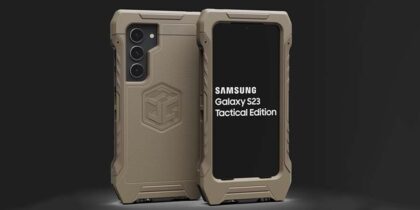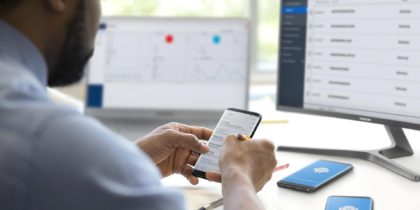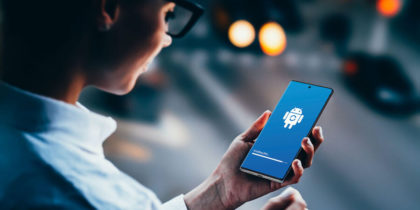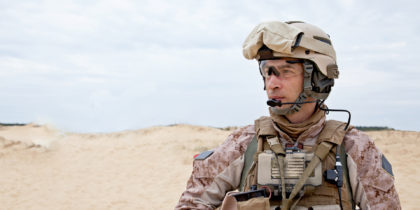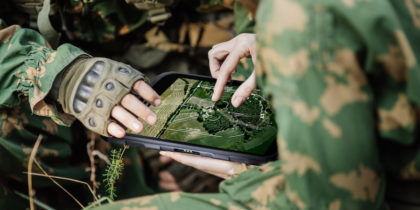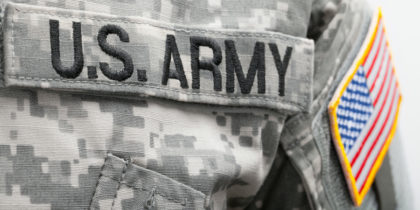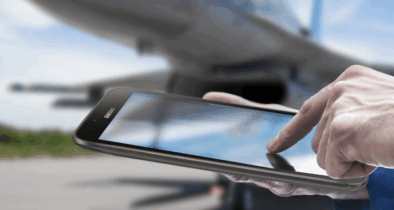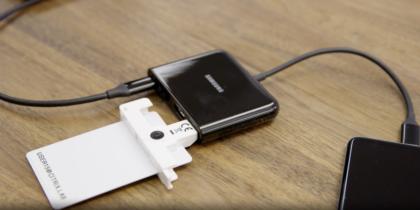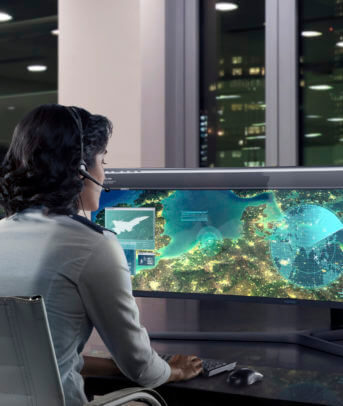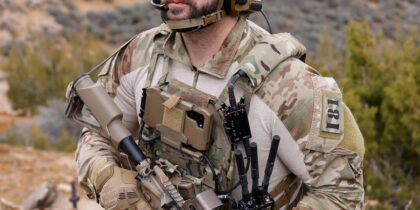
Posts by
Chris Balcik
Chris Balcik currently serves as Vice President and Head of Mobile B2B at Samsung Electronics America. With over 26 years experience, including management consulting with the Department of Defense and other Federal clients, Chris has deep expertise in organizational transformation and the role of technology. Prior to his current role, he led Federal government sales for Samsung’s Mobile B2B division. Prior to that, he assisted public and private sector clients including the FAA, DNI and DoD on complex, large-scale systems engineering and technology transformations, concept of operations design, program management, business case analysis, and business process optimization. Prior to entering the civilian workforce, Chris was an Officer in the United States Air Force leading Command and Control support to military operations.
